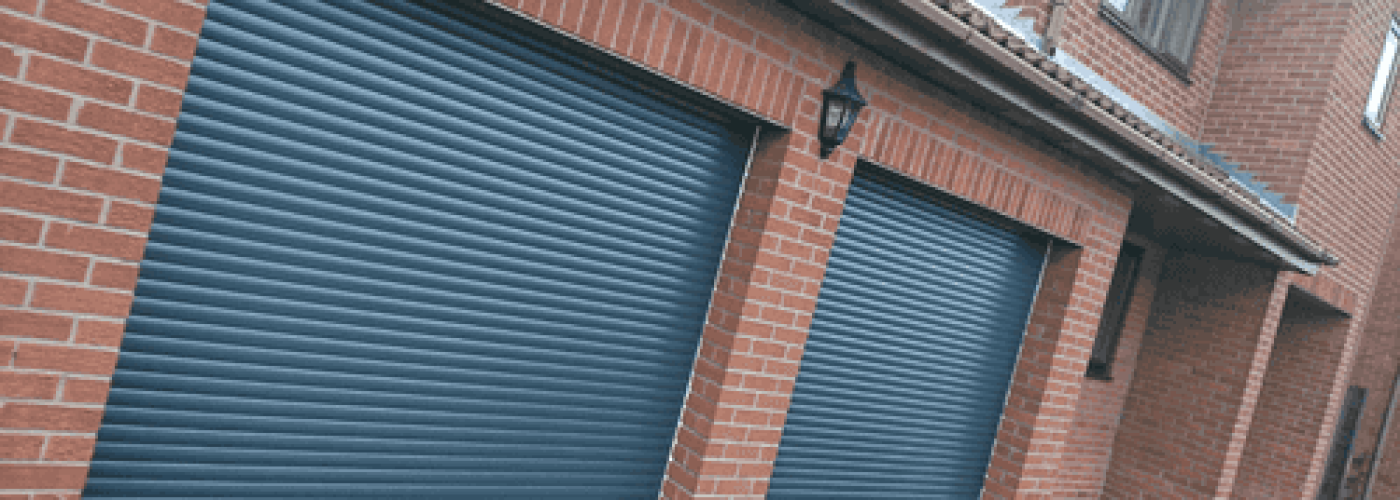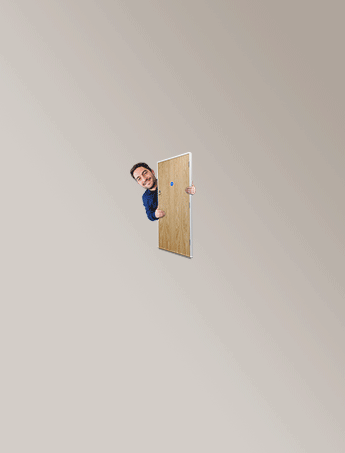Your garage door plays a significant role in your home’s security, appearance, and functionality. It’s often the largest moving part of your house and is used multiple times a day, sometimes without much thought. However, when it starts creaking, sagging, or no longer works as it used to, replacing it becomes inevitable.
If you’ve reached the point where repair won’t suffice anymore, this guide will walk you through everything you need to know before replacing your garage door. From materials and insulation to budgeting and permits, we’ll cover all the essentials to help you make the best choice for your home.
Why Homeowners Replace Garage Doors
There are several practical and aesthetic reasons why homeowners decide to replace their garage doors. Some of the most common include:
- Wear and tear: Old doors often become noisy, misaligned, or rusty over time.
- Safety concerns: Malfunctioning doors can be dangerous, especially for families with children or pets.
- Energy efficiency: Upgrading to an insulated door can reduce energy costs.
- Curb appeal: A fresh, modern door can significantly boost your home’s exterior look—and even increase resale value.
Understanding your motivation will help you better evaluate which type of garage door is best for you.
Assessing the Current Condition
Before rushing into a replacement, assess the condition of your current door. Check:
- Panel condition: Are they dented, warped, or cracking?
- Operation: Does the door move smoothly or struggle during opening and closing?
- Hardware: Examine hinges, rollers, and tracks.
- Noise: Squeaks and grinding sounds can indicate deeper mechanical issues.
In many cases, minor repairs might extend the life of your door, but if multiple components are failing, full replacement is likely more cost-effective.
A Quick Note on Garages and Maintenance
Even the sturdiest garage doors need occasional upkeep. This includes lubricating moving parts, checking weather stripping, and testing balance. For instance, in neighborhoods with older homes and attached garages, homeowners often overlook door wear until it becomes a significant issue.
It’s essential to stay ahead of issues, especially if the garage is a main entrance point. Learn everything about garage door repair and installation to make informed choices whether you’re fixing or replacing.
Costs to Expect
Garage door replacement costs can vary widely depending on size, material, insulation, and custom features.
Average cost breakdown:
- Basic single door (non-insulated steel): $600 – $1,200
- Insulated double door with opener: $1,500 – $3,000+
- Custom wood doors or specialty materials: $3,000 – $5,000+
Installation fees are typically included in quotes, but it’s always wise to double-check. Also, ask about warranties and service support.
Types of Garage Doors
Garage doors are available in various styles and materials. Your selection will depend on your budget, local climate, and aesthetic preference.
Sectional Garage Doors
The most popular choice in residential homes. They’re made of panel sections connected with hinges and move vertically along a track.
Roll-Up Garage Doors
Commonly seen in commercial buildings, but they’re an option for residential use if space is limited.
Slide-to-Side Doors
A traditional option that operates by sliding along the garage wall. Less common but useful in low-ceiling garages.
Side-Hinged Doors
These swings open like traditional doors. Ideal for garages used more as workshops than storage.
Tilt-Up Doors
Either canopy-style or retractable, they lift up in one piece and require more space to operate.
Choosing the Right Material
Material impacts everything from durability to insulation and price.
- Steel: Strong, affordable, and low-maintenance. Can be insulated or non-insulated.
- Wood: Offers a classic, warm look but requires more upkeep.
- Aluminum: Lightweight and rust-resistant, but dents easily.
- Fiberglass: Durable and resistant to salt air—good for coastal areas.
- Vinyl: Low-maintenance and dent-resistant, but limited in style.
Select a material that suits your climate, budget, and the level of maintenance you’re willing to undertake.
Insulation and Energy Efficiency
If your garage is attached to your home—or if it serves as a workspace—insulated doors are a worthwhile investment. Insulation helps:
- Maintain indoor temperatures
- Reduce outside noise
- Improve energy efficiency
Look for R-values when comparing doors. A higher R-value means better insulation.
Safety and Security Features
Modern garage doors come with built-in features that improve both safety and convenience.
- Auto-reverse sensors: Required by law, they stop the door if an object is detected.
- Manual release handles: Allow manual operation in a power outage.
- Rolling code technology: Prevents hackers from accessing your code by changing it every time you use it.
When replacing your garage door, upgrading the opener system is often a smart move. It ensures compatibility and adds smart features like remote monitoring.
Permits and HOA Rules
In some areas, replacing a garage door may require a permit. This is especially true if you’re changing the size or style of the door, or altering the structural frame. If you live in a neighborhood governed by a homeowners association (HOA), be sure to review their guidelines. Some HOAs restrict colors, materials, or designs.
Obtaining approvals early helps avoid fines and delays down the line.
When to Hire a Professional
While some homeowners are skilled at DIY repairs, replacing an entire garage door isn’t typically a one-person job. You’re dealing with heavy panels, tension-loaded springs, and precision tracks.
Hire a professional if:
- You’re unfamiliar with garage door mechanics
- You need to remove and dispose of the old door
- Your new door includes electrical or smart technology integration
Professional installers not only ensure safety but can also finish the job faster and offer warranties on their work.
Preparing for Installation Day
Once you’ve selected your new garage door and scheduled installation, there are a few steps you can take to prepare:
- Clear out the garage entrance: Make sure there’s space to work.
- Secure pets and children: Keep them away from the area during installation.
- Plan for access: If your garage is your main entry point, make alternate arrangements for the day.
Installation usually takes a few hours for a standard door. More complex setups may require a full day.
Final Thoughts
Replacing your garage door isn’t just about function—it’s about investing in your home’s safety, appearance, and energy performance. With thoughtful planning and the right choices, you can enhance curb appeal, improve day-to-day convenience, and even raise your property value.
Whether you’re replacing a rusty, outdated door or simply upgrading for better insulation and style, this is a project that pays off in both form and function. By understanding your options and preparing ahead, you’ll make a confident, informed decision that serves your home for years to come.





